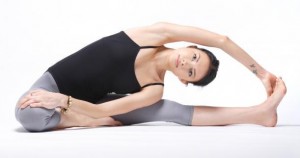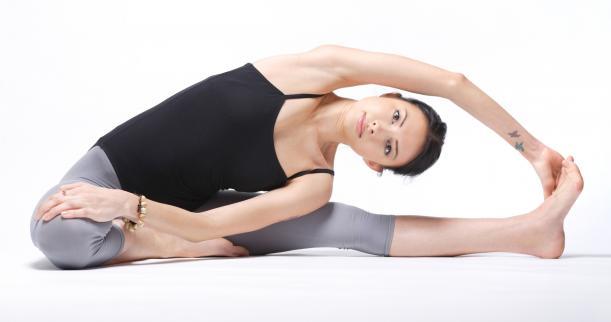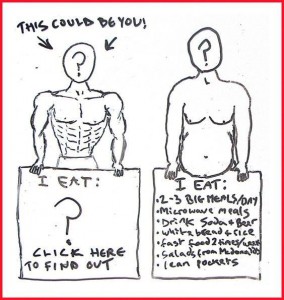Fascia is a systemic net of connective tissue an extra-cellular matrix (ECM), which includes everything in your body that isn’t cellular. It’s a web that wraps your muscle and attaches to the bone. Its also found in internal structures, the viscera etc.
Remodeling and Tensegrity
 Just as your muscles remodel themselves in response to training, the fascia remodels itself in response to direct signaling from the cells ; injury; long-held mechanical forces; use patterns; gravity; and certain chemistry within your body
Just as your muscles remodel themselves in response to training, the fascia remodels itself in response to direct signaling from the cells ; injury; long-held mechanical forces; use patterns; gravity; and certain chemistry within your body
The idea of tensegrity (tension and integrity) and the phenomenon of remodeling are the basis for structural therapy, including yoga and the forms of soft tissue manual therapy, including foam rolling. Change the demand and the fascial system responds to that new demand.
How to Train the Fascia
1. Specific training can enhance the fascial elasticity
What’s in: Plyometrics: Make use of elasticity of the muscle
Jump drills: When you land on the ball of your foot, you decelerate and accelerate in such a way that you not only make use of but actually build elasticity into the tendons and entire fascial system.
Stretch – Shorten Fascia: : Preparing for a movement by making a countermovement—for example, winding up before a pitch makes maximum use of the power of fascial elasticity to help make and smooth out the movement.
2: The fascial system responds better to variation than to a repetitive program.
The evidence suggests that the fascial system is better trained by a wide variety of vectors—in angle, tempo and load
What’s in
Whole-Body Movements. Engaging whole-body movements is the better way to train the fascial system. Every exercise is stimulating multiple nerves, involving multiple muscles and employing fascial tissues all around the site of effort, as well as “upstream” and “downstream” from it.
Proximal Initiation. It’s best to start movements with a dynamic pre-stretch (distal extension) but accompany this with a proximal initiation in the desired direction, letting the more distal parts of the body follow in sequence, like an elastic pendulum. Imagine Throwing.
Adaptive Movement. Complex movement requiring adaptation.
Variable loads build different aspects of the fascia. Sticking with near-limit loads will strengthen some ligaments but weaken others. Varying the load is the better way.
Varying the tempo of your training allows different fascial structures to build strength and elasticity.
3: Proprioception and kinesthesia are primarily fascial, not muscular.
What’s in:
Skin and Soft Tissue Stimulation Enhance Proprioception. Rubbing / foam rolling and moving the skin and surface tissues is important to enhance fascial proprioception.we have seen our ancient wrestlers and kabaddi players rubbing some sand and tapping the muscle before performance.
Feel the Fascial Tissues. Focusing on multiple joint/fascia stretch in a yoga pose can help prevent injury and make the perception of kinesthesia more accurate and fully informed, rather than focusing on an isolated muscle stretch.
Shift from ligaments to Joint-Receptor for stability. Given that the ligaments are often tensed by the muscles, the emphasis on joint receptors for joint position sense, co-ordination and balance with a more general attention to the whole area, from the skin on down to the joint.
A deeper understanding of the role of fascia in training changes your perspective, your work, your words and your effect. Fascia is not just a sling or a wrap. It has a life of its own!!
4. Stretch as a Whole
What’s in
Fascia is a wholistic structure, not starts from one joint and finishes in the next like the muscle. Stretching the biceps or quadriceps alone are not the way ahead.
Stretch your body as a whole, your posterior chain of muscles, anterior, lateral, spiral chain etc.,
Isolated muscle stretches are out and wholistic stretches like yoga, taichi, gymnastic (ballistic) stretches are in!!


